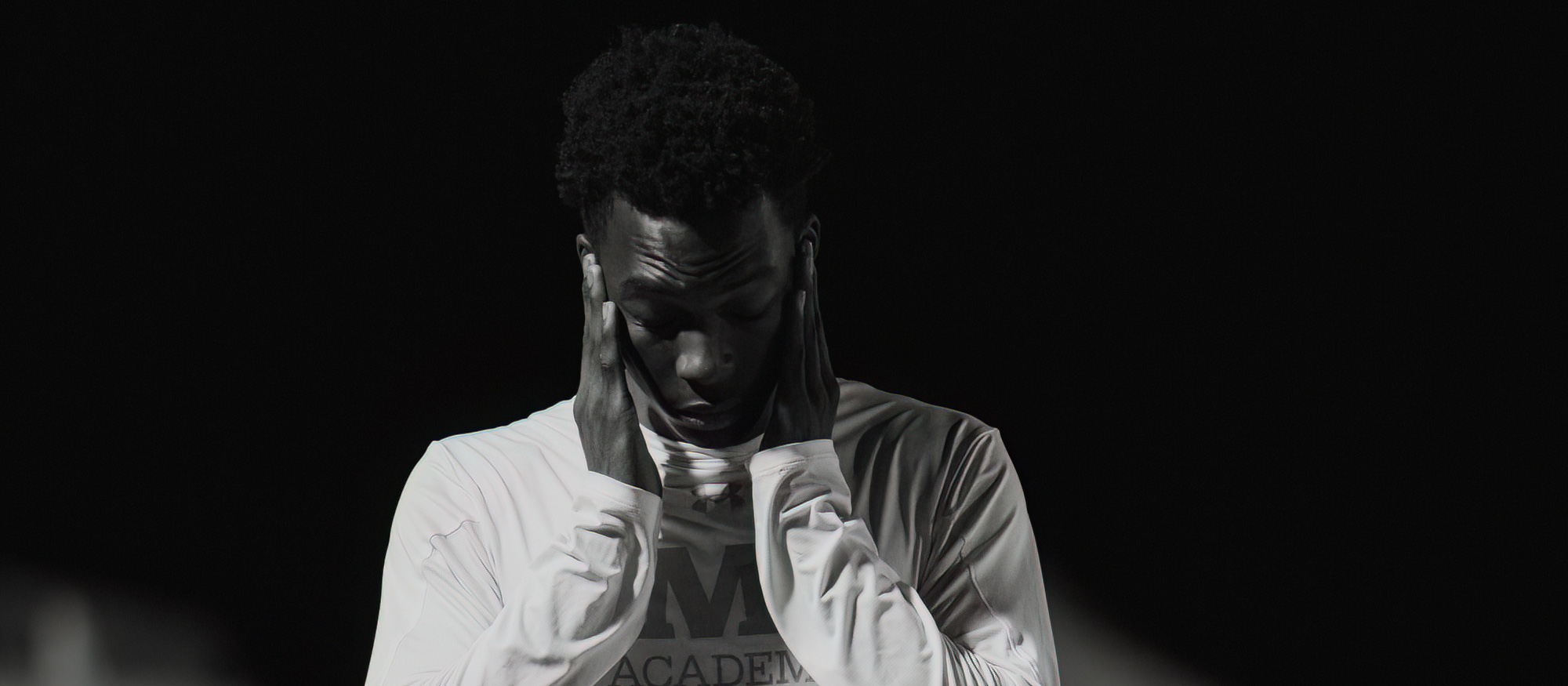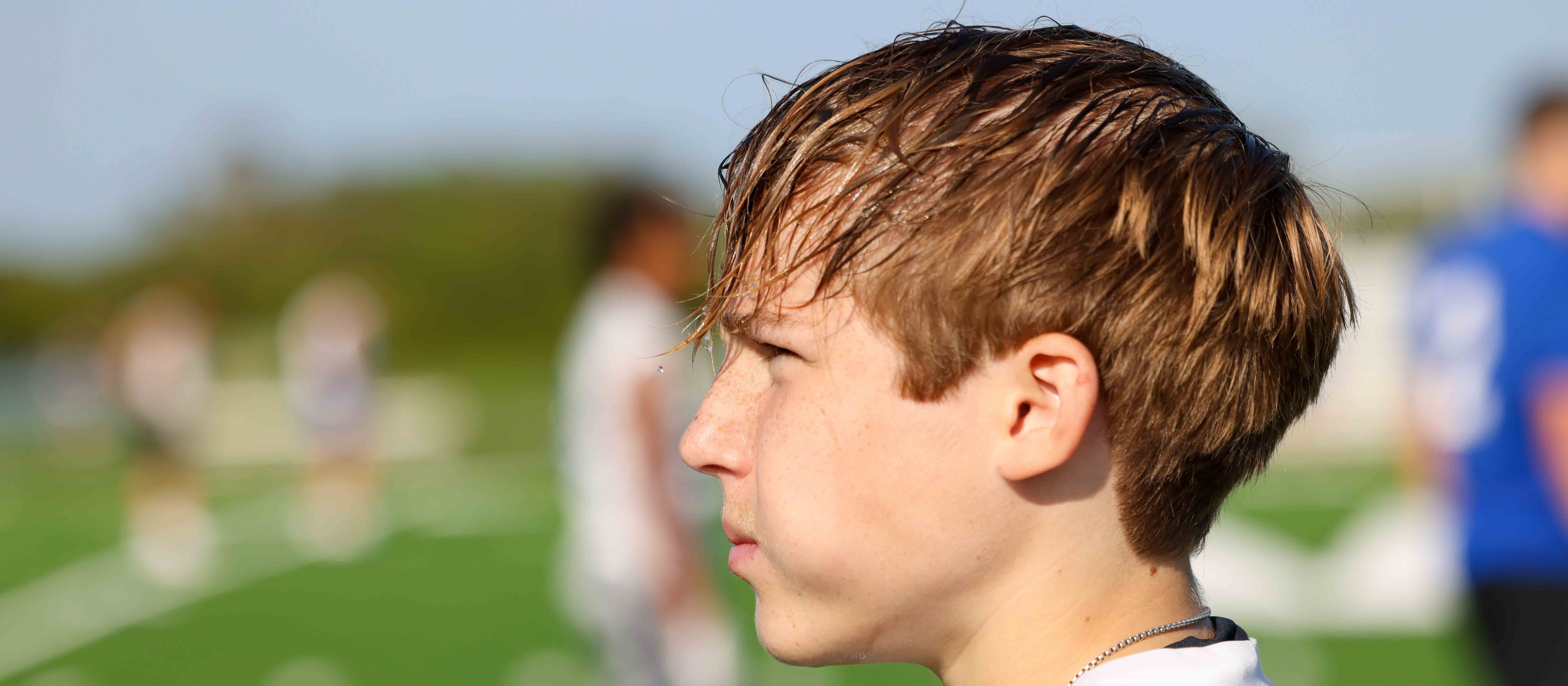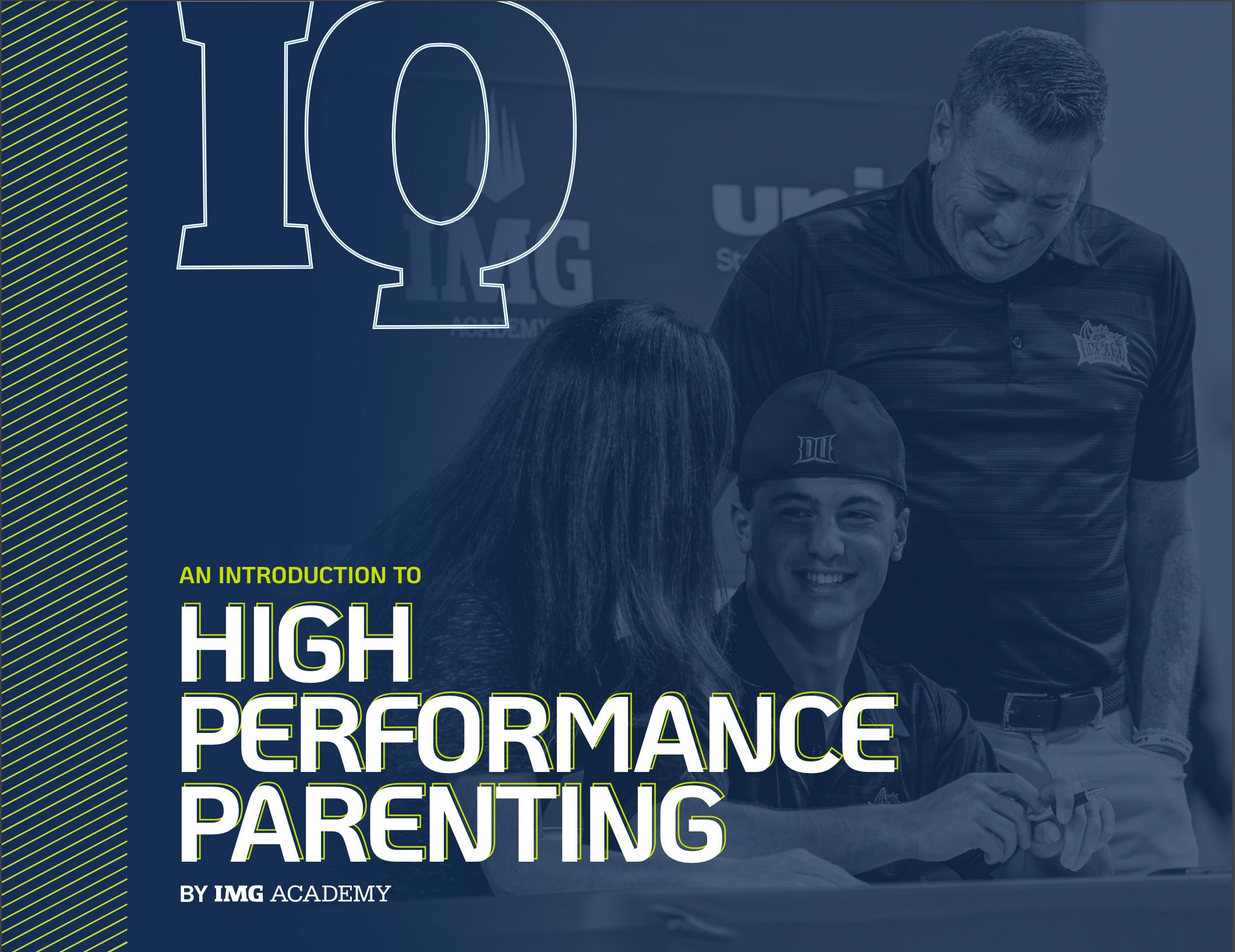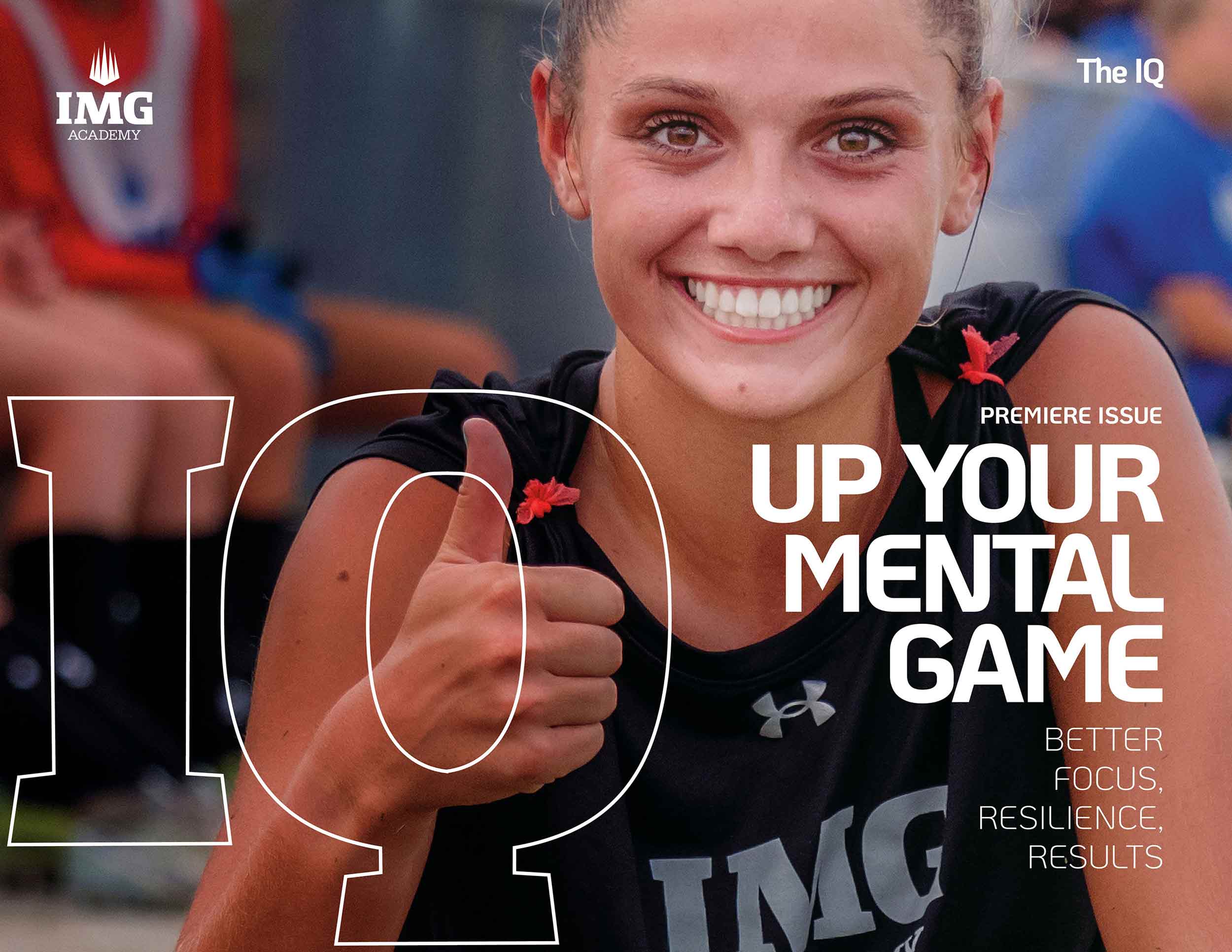Confidence is a critical factor in achieving success, whether on the sports field, in the workplace, or in everyday life. Yet many of us struggle with feelings of self-doubt and insecurity. The good news is that confidence, like other skills, can be cultivated over time. We do drills to improve our game on the field, why not do them to improve the game in our head, right? Here are three from Juah Toe, a Mental Performance Coach at IMG Academy:
Drill #1: Use Helpful Self-Talk
Our inner dialogue, known as self-talk, plays a crucial role in shaping our beliefs and behaviors. According to Toe, the first step toward cultivating beneficial self-talk is to start listening to whether what we tell ourselves is helpful or harmful.
“Having unhelpful thoughts like ‘I’m no good at this’ doesn’t make people feel capable,” she says. In fact, it can seriously undermine our confidence and hold us back from reaching our goals. Instead, Toe advises replacing harmful self-talk with instructional or motivational self-talk.
For example, rather than telling yourself “I’m no good at this,” try an instructional approach and tell yourself that it’s time to increase your effort. Or adopt a motivational approach by telling yourself, “I’ve got this.”
Drill #2: Harness the Power of Body Language
Our thoughts and feelings influence our behavior, but the reverse is also true. Toe explains that our body language can send powerful signals to our minds, affecting how we think and feel. A slumped posture or closed body language can convey feelings of insecurity and self-doubt, both to ourselves and others. In contrast, adopting confident, open body language can boost our self-assurance and project a positive image to the world.
How exactly is it done? Toe recommends practicing power poses — standing tall, shoulders back, with hands on hips, for example — to cultivate confidence, especially in competitive settings. As for open body language, postures and gestures that convey receptiveness, such as uncrossed arms, a relaxed stance, and maintained eye contact, indicate approachability, willingness to engage in communication, and comfort in one’s skin. “By consciously aligning our body language with feelings of confidence, we can create a feedback loop that reinforces our self-belief and resilience,” Toe says.
Drill #3: Practice Mental Imagery
Mental imagery, or visualization, is a powerful tool for building confidence and enhancing performance. To do it, Toe recommends recalling a moment when you felt confident and successful, then vividly re-creating it in your mind using all of your senses. Don’t just picture it — try to conjure how the successful moment felt in your muscles, for example. “Our brain can’t tell the difference between when we’re really practicing something or doing it in our minds,” she says. “By mentally rehearsing success — we call it doing mental reps — your body will respond as if the experience were real, bringing those positive feelings and sensations into the present moment.”
Remember, confidence is not a fixed trait. It’s a skill that can be honed and strengthened over time with dedication and practice. But if you incorporate these three drills into your daily life, you might just surprise yourself with how much your belief in yourself grows.
Looking to build confidence in your student-athlete? Sign up for the IMG Academy+ Confidence on-demand course.
Sign Up









